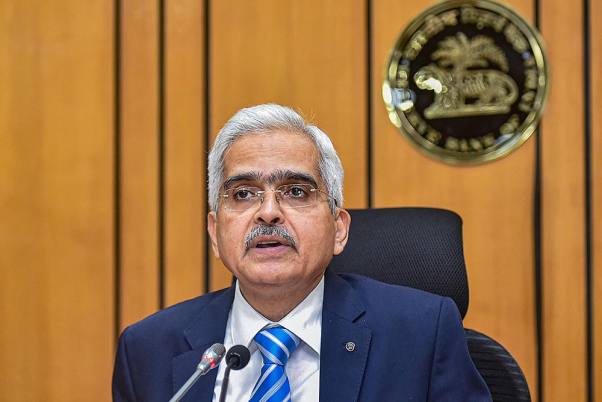The Reserve Bank of India (RBI), in its latest monetary review meeting last week, decided against extending the six-month moratorium it had allowed, in phases, for customers on repayment of their existing loans. The central bank had allowed a choice to people to decide if they wanted to avail the moratorium on EMIs or continue to pay them.
Ending the moratorium was a right decision by the RBI. We have argued in this column how the moratorium was just a charade. The scheme ensured no relief for customers. People availing the moratorium had to pay the principal plus interest and then interest on interest on their defaulted EMIs. It was also not beneficial for banks as they saw massive slippages on their loan books as people skipped having to pay EMIs. Such large scale defaults choked the cash flow even as it created a mess in banks’ loan books. Banks were struggling with economic recession. The outbreak of the pandemic further ravaged the economy.
Even as the RBI brought down the repo rate by around 150 basis points since February last year, the response from people in terms of loan offtake was tepid. With demand having crashed, industrial activities came to naught. To that extent, the corporate demand also came down. Banks have reported truncated profits. In this backdrop, default of multiple EMIs could push the banks to the brink. Also, accumulation of EMIs swollen by interest would force customers to default on loan repayments – a clear recipe for shooting the non-performing assets (NPAs) of banks. The larger the NPAs, the weaker the banks become. This would eventually force the government to step in with fresh capital. Thus, the moratorium was a loss and loss proposition for all. Therefore, the end of the moratorium story and its replacement by allowing banks to restructure loans and incentivize loanees based on their repayment track record is a welcome move. The banks have been asked to take into account the payment history of consumers as on March 30, 2020.
The new policy will provide help to corporates, retail consumers and MSMEs wherein a consumer will be able to restructure his loan amount, the EMI amount and more importantly, the tenure of his loans. This will be applicable for people who have home loans, car loans, personal loans, education loans, loan against property, business loans and term loans, among others.
With inflation having a lot of upside, the RBI has held off on further raising the rates. This must have brought in additional pressure on the Central government to support an economic recovery even as it is struggling with an upsurge in COVID-19 infections across the country. The economy has been going under ever since the government announced the lockdown in March. Thereafter, repeated lockdowns and shutdowns have nipped all hopes of an early revival of the economy in the bud. It has also been proved that the lockdowns and shutdowns have failed to contain the spread of virus which has passed the 2.2-million mark.
With the growth in the Gross Domestic Product (GDP) likely to drop to the lowest since Independence, the government must be weighing plans to present another package to stimulate the economy. Hopes are rising on the government to take more demand-boosting measures. Thrust on ramping up of infrastructure projects and a possible cut in Goods and Services Tax (GST) rates could be other possible options for the government. But every effort by the government and the RBI will be futile as long as the government continues with its policy of restrictions. Economy can only be revived if there is a demand comeback and this will happen only after people are allowed to resume their work and jobs. End of restrictions only can catalyse this.

